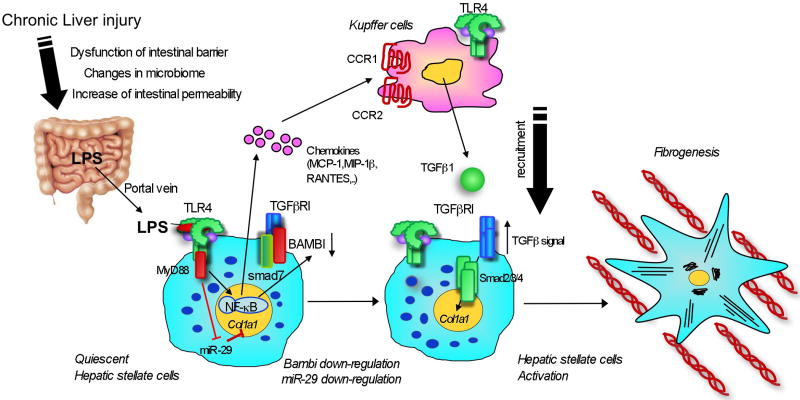Figure 2. TLR4 regulates Fibrogenic Signal in Hepatic Stellate Cells.
Upon liver injury, intestinal permeability is increased due to the intestinal dysbiosis and tight junction disintegrity. Microflora-derived LPS translocated into the portal vein stimulates TLR4 on hepatic stellate cells (HSCs). High levels of Bambi limits TGF-β signaling in quiescent HSCs. TLR4 signaling induces the production of chemokines (MCP-1, MIP-1β and RANTES) in HSCs, recruiting Kupffer cells through their CCR1 and CCR2. Recruited Kupffer cells then produce TGF-β. Simultaneously, TLR4 signaling induces downregulation of Bambi and miR-29, leading to full-activation of HSCs.

